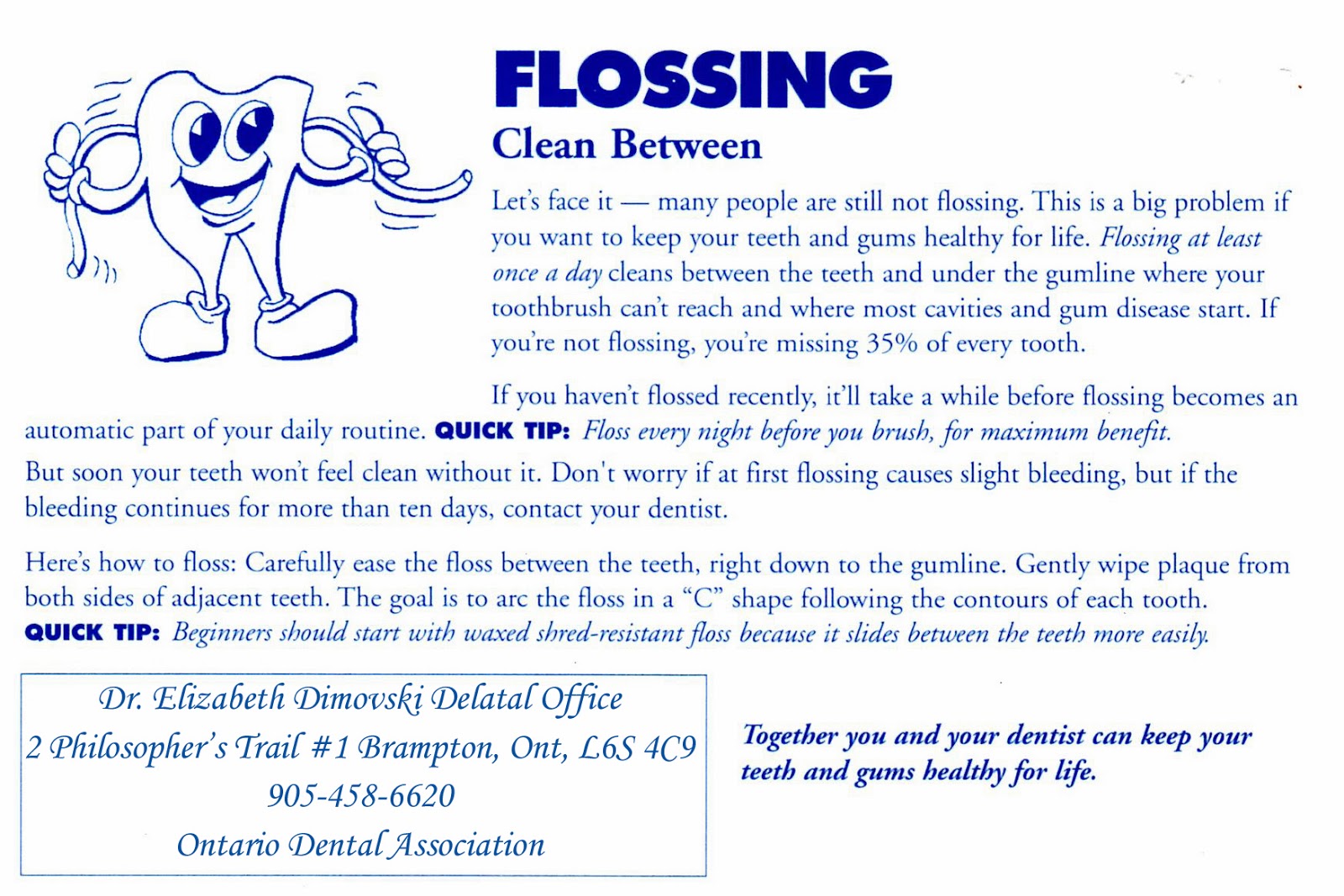 Tooth decay is not recognized when it's in the early stages and it is not something we can clearly see by looking in the mirror. For this reason it is exactly why, on top of good home oral health care, it is very important to see your dentist and dental hygienist regularly for dental cleanings and check ups.
Tooth decay is not recognized when it's in the early stages and it is not something we can clearly see by looking in the mirror. For this reason it is exactly why, on top of good home oral health care, it is very important to see your dentist and dental hygienist regularly for dental cleanings and check ups.
Tooth decay in the tooth enamel doesn't necessarily cause toothaches. Toothaches may start when the decay reaches the dentin, the softer mid-layer of a tooth that lies between the enamel and the pulp. Decayed teeth can be saved if they are identified while they affect only the enamel or dentin, however once the decay reaches the nerve of the tooth a root canal or an extraction may be necessary.
Dentist in Brampton
Dr. Elizabeth Dimovski Dental Office and Associates
Dr. Elizabeth Dimovski Dental Office and Associates








